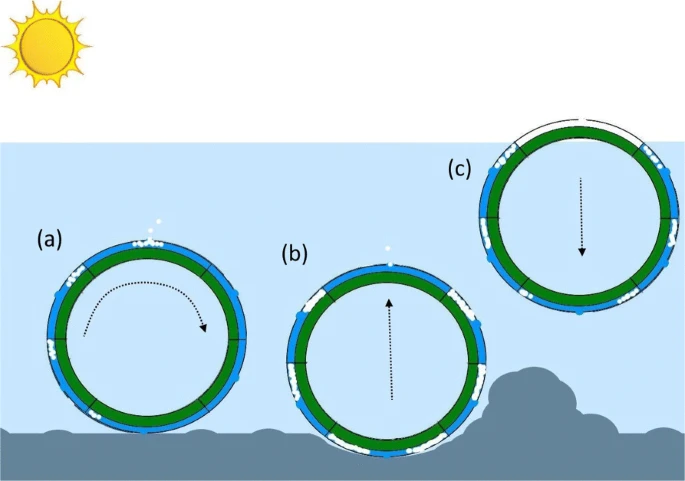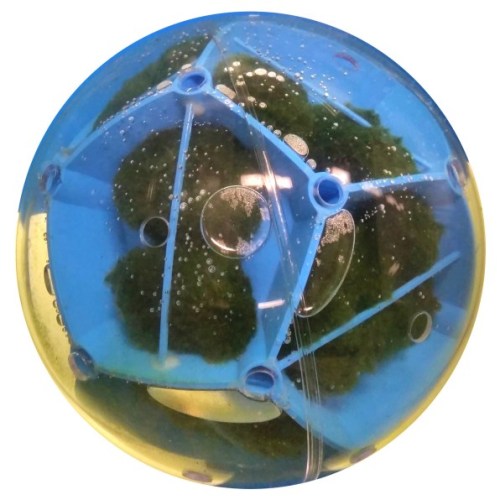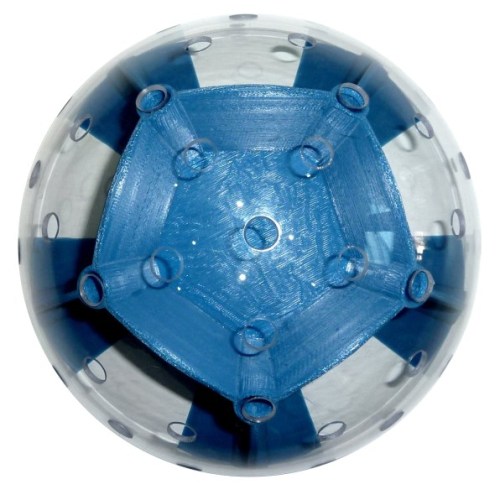#low power
These robots are powered by algae balls living inside
Marimo are one of nature’s most alien spectacles. They are impossible-looking spheres made of algae, smoothed and toppled by currents in lakes, piling up on the floor like green puff balls. Marimo’s spherical form is what makes them so unique. Otherwise, sipping on faint sunlight beneath the water’s surface, they burp oxygen into our atmosphere just like any other plant.
…
Researchers from UWE Bristol’sUnconventional Computing Lab have proven that marimo can be harnessed to do more—autonomously roaming lake beds to monitor water conditions like temperature and oxygen content—if only they are outfitted with the proper super suit.

The team dubs their invention a “marimo-activated rover system,” or MARS for short. (…) The team fit marimo into a 3D-printed exoskeleton that’s roughly the size of a baseball. As marimo produce energy from sunlight, they exhale oxygen. Normally, this oxygen would simply float to the top of the water’s surface. But inside MARS, that oxygen bubbles up to get trapped inside a cage.The pressure of these bubbles hits the cage in such a way that they create torque, zigzagging the MARS forward much like a hamster ball.

Of course, the MARS design does propose that we voluntarily place more plastic into our waterways. Philips notes that this plastic is still of far lower environmental impact than building a more typical drone would be, and it could biodegrade over time. Plus, it’s hard to imagine any machine that could last as long as a MARS ball because the system has no moving parts, and its “battery” might last centuries: The oldest living marimo is over 200 years old.
“Unconventional Computing Lab“
“robots powered by algae”
“the system has no moving parts“
Solarpunk AF
—
Check out the the latest issue of the Journal of Biological Engineering for more details!
Post link


